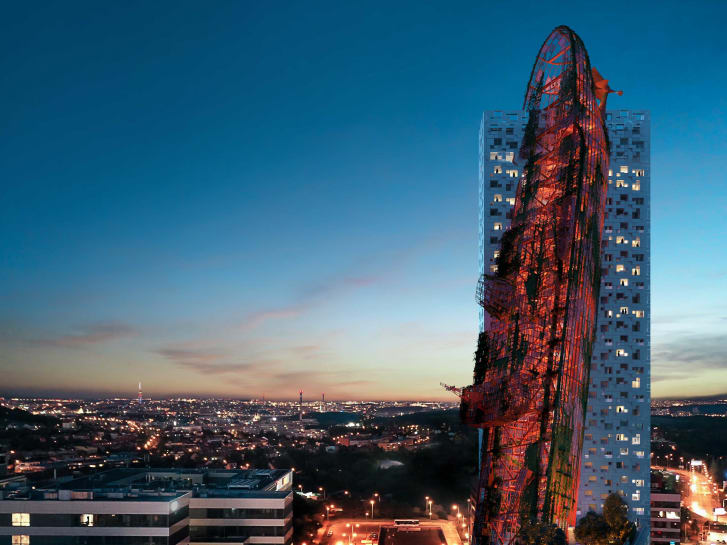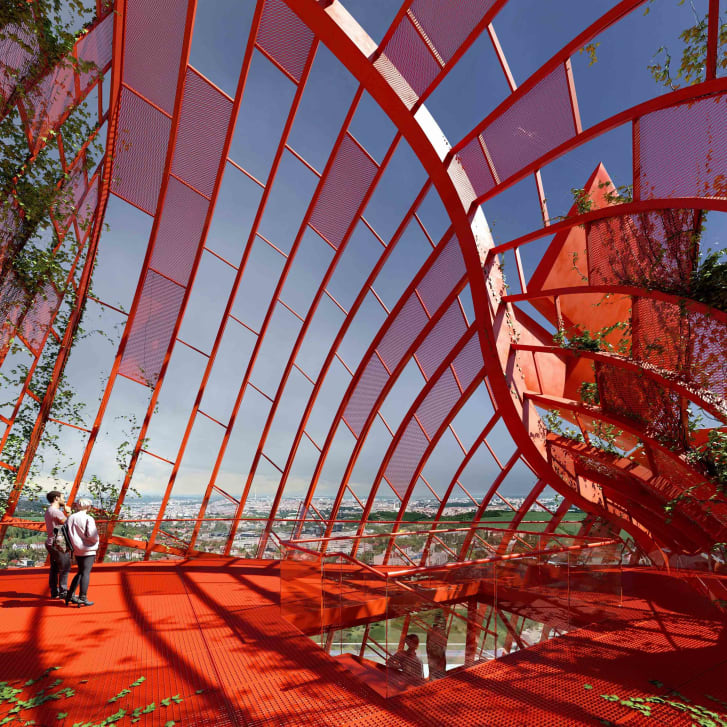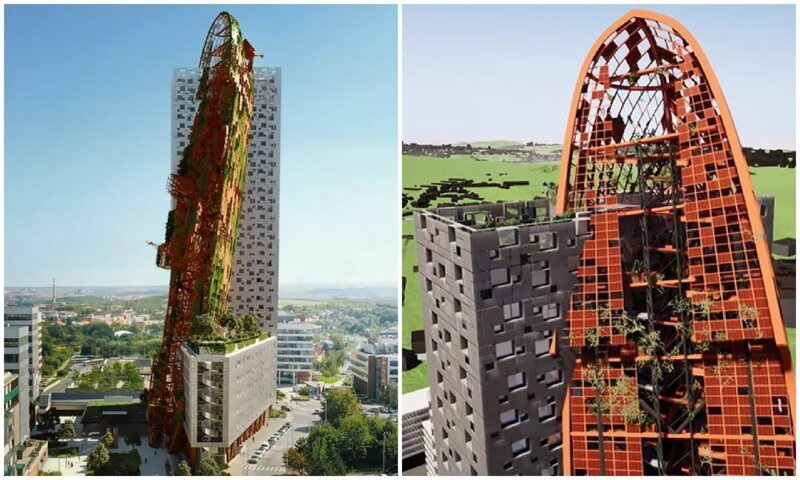Karel Gott, one of the biggest stars of the hit world, is dead. The “golden voice from Prague” died on Tuesday evening shortly before midnight at the age of 80 years.
In September 2019, the singer had made public that he suffered from acute leukemia. A first cancer on the lymphatic system, he had survived a few years earlier. Karel Gott has been on stage for almost six decades and has sold more than 50 million records, according to estimates.
Born on July 14, 1939, Gott trained as an electrical mechanic before studying to be an opera singer.
He rose to stardom in the 1960s touring the US and what was then West Germany, and represented Austria in the Eurovision song contest.
That was when German papers described him as the “Sinatra of the East”.
Gott released some 300 albums starting in the 1960s and sold tens of millions of copies in his country, the Soviet Union and elsewhere in the Communist world.
With his performance of “Thousand Windows” at the Grand Prix Eurovision de la Chanson in London in 1968, he was also known in the West.
The hits followed in quick succession: “Lady Carneval” (1969), “Once Around the World” (1970), “Babicka” (1979) and “Catch the Light” (1985). With the Bee Maja tune of 1977, Karel Gott captured the hearts of the small television audience. With his unmistakable Slavic accent, he sang of the “little cheeky sly bee” with the saucer eyes. As a single landed the title song of the ZDF cartoon series in May 1977 at number one in the NDR hit parade.
But he was also a rare example of a pop singer from eastern Europe whose music became popular in some Western European countries, especially in West Germany.
Czech President Milos Zeman said Wednesday his death is sad news for the entire country.
Prime Minister Andrej Babis said he would propose to cabinet to hold a state funeral for Gott at Prague’s St Vitus Cathedral.
Passengers in Prague’s metro can now use the LTE mobile network on line C from Roztyly to Nádraží Holešovice. Until now, the signal only reached the Museum station. The section between Bořislavka and Motol Hospital on line A is also covered. In total, 16 signal LTE services in the metro station and adjacent tunnels still need to be covered at the end of 2021.
In the upcoming weeks, operators will continue to fine-tune the technology in the newly covered section. Customers can, therefore, use the latest generation mobile services in the Bořislavka – Motol Hospital (4 stations) on line A, in the Museum – Roztyly (8 stations) on line C and from today also in the Muzeum – Nádraží Holešovice on line C (4 stations).
By the end of March 2020, the 4G signal will also be available for passengers in sixteen stations at the centre of Prague: six stations on line A between the Muzeum and Dejvická and ten on line B between the Smíchov train station and Palmovka. Passengers will be able to use the high-speed LTE network in a total of 32 metro stations and adjacent tunnels in spring, which is more than half of the entire extent of Prague metro.
Also, 29 stations and adjacent tunnels will be equipped with state-of-the-art facilities to cover the LTE networks throughout the entire metro area. The original plan predicts the coverage of the 4G signal in all sections by the end of 2022 at the latest. If work continues on the same path as before, passengers will be able to use the signal in all sections of the subway at the end of 2021. “We live online, and the signal in the Prague metro was supposed to be ordinary for a long time. Unfortunately, Prague fell asleep in this field for several years,” said Petr Witowski, General Manager of Prague Transport Company (DPP).
The upcoming new line D could also be covered from the beginning. “The consortium of operators has successfully tested the service on routes A, B, and C, and we are ready to use the experience we’ve achieved in covering line D. We would like to get involved to make the construction really useful,” said Lubor Žatko from T-Mobile and Slovak Telekom on behalf of the Consortium of Operators.
Last April, DPP (Prague Transport Company) approved a contract with a consortium of operators for 20 years; during the first ten years, operators will pay CZK 120 million to DPP. Initially, the operators talked about covering the entire existing metro network by the end of 2022. They now count on this date happening one year earlier.
Celebrating 65 years of Parisian glamour, this fall, Czech audiences will experience the unique French cultural phenomenon of Crazy Horse Paris for the first time ever. Be ready when “Forever Crazy”, the international tour show of the most glamorous Parisian cabaret, high kicks into Prague, from 5 – 9 November 2019 at the Hybernia Theatre, promoted by Nomen PR.
Featuring the best acts from the legendary cabaret, “Forever Crazy” consists of a series of highly aesthetic and visual scenes presented by a multicultural cast of ten stunningly beautiful and classically trained dancers, magnified by textured lighting and projection.
Founded in 1951, Crazy Horse Paris is celebrated all over the world for its incomparable style and its unique capacity to enhance and celebrate femininity with sparkling and original creations. A heightened sense of beauty, a vision of strong and free womanhood, and a hint of impertinence are just some of the elements that make up a distinctive and imaginative artistic signature, appraised among creators, celebrities, as well as the general public – pleasing women and men alike.
Performances are accentuated by original music and stylish costumes created over the years by in-house costumiers, as well as world-renowned fashion designers, including Paco Rabanne, Loris Azzaro, Karl Lagerfeld, Emmanuel Ungaro, and Azzedine Alaïa. Celebrity shoe creator Christian Louboutin personally designed the dancer’s iconic red-soled shoes, making “Forever Crazy” a night of world-class opulence.
Over 15 million people have already been mesmerized by Crazy Horse Paris shows, among them numerous celebrities, including Salvador Dalì, Elizabeth Taylor, President John F. Kennedy, Madonna, Christina Aguilera, Celine Dion, Will Smith, Pedro Almodovar, Sting, and Rihanna… to name but a few.
Over past years, Crazy Horse Paris has collaborated with the likes of Jean Paul Gaultier, David Lynch, Beyoncé, Miuccia Prada, Roberto Cavalli, Ellen von Unwerth, and Kylie Minogue … The cabaret has also hosted a long list of stars who have made guest performances with the troupe, including Dita Von Teese, Pamela Anderson, Arielle Dombasle, Conchita Wurst, and Carmen Electra.
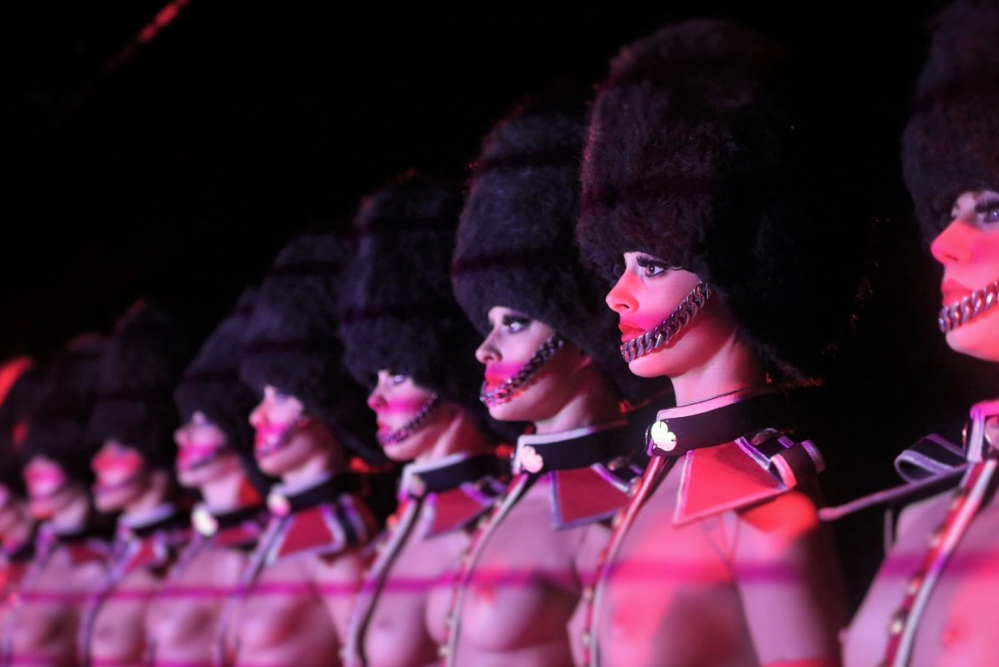
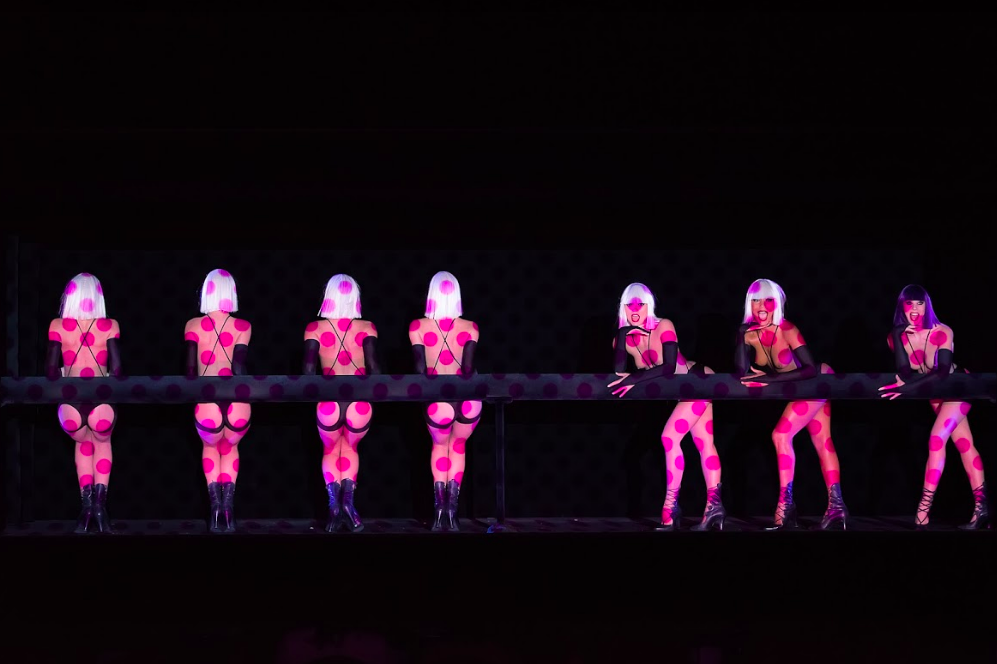
By Nico Fontana – Anglo American University
Anyone who is bored with the monotony of most popular electronic music will find solace in the Lunchmeat Festival, a diverse landscape of visual/sound artists and electronic musician/composers. Spanning almost a week of programming, the festival began on October 30th at the Planetarium. However, the main program commences Thursday, Oct. 3rd for three full evenings of experimental electronics, and all in celebration of the festival’s 10th anniversary.
Deep beneath the National Gallery’s Trade Fair Palace, the Lunchmeat Festival is also appropriately held in the Studio of Heroes, a massive, cavernous industrial space with rusting and corroded metal pipes contrasting with its modern-designed seating like an amphitheatre, while the cinema-quality projections fully bring to life the entirety of the main concert hall.
One of the most anticipated avant-garde artists this year are Lotic, from the USA, but now based in Berlin performing “Endless Power” with music from their new album “Power” in collaboration with the visual artist Emmanuel Briad. Lotic’s album was made during a period of homelessness in Berlin, so it is a deeply personal and heartfelt portrayal of a period of volatility and instability with the issues of gender and racial discrimination as significant themes reflected in intimate or pained and sparse vocals and dark cacophonies of tribalistic drums and violins.
Another significant experimental artist in electronica is the duo Lakker, who will be performing their newest album “Epoca” on the closing evening. Lakker is formed by the techno and experimental artist Eomac with the composer Arad offering a particularly unique almagamation of styles and influences forming highly complex and danceable tribal rhythms with progressively complex melodies taking inspiration from folk and classical music. Their use of physical instrumentation also gives the music a certain scale and shining grandiosity.
Catarina Barbieri, an Italian composer, who makes astute and hyper-complex use of synthesizers and sequencers will perform “Time-Blind” alongside the multimedia artist Ruben Spini. Barbieri is one of the artists in the festival most loved and acclaimed by critics. The complexities of her melodies create a synthetic atmosphere, which mesmerize and capture the attention of listeners in an almost meditative way, and far from the sonically chaotic others.
Those who are less interested in experimental electronica will rejoice at some of the more conventional DJs on the program including LSDXOXO with his chaotic footwork and drum & bass set. This New York DJ/producer has gained mainstream notoriety following his Boiler Room performance. Another household name on the techno scene is the Swedish DJ and artist Varg, and the producer HDMIRROR from South Africa will bring his rave, dance and gabber influenced auditory assault. Other techno sets by artists including No Idols, Barely Legal, and Valoa will surely be a delight to the less musically masochistic listeners in the audience.
With such a multitude of artists from almost every continent of the world, the Lunchmeat Festival will once again showcase the potential that visual accompaniment to audio can have in terms of capturing attention, and immersing the audience in performances. Come with an open mind, and you will be rewarded generously by the experimentation that this festival has to offer.
For more information see the website
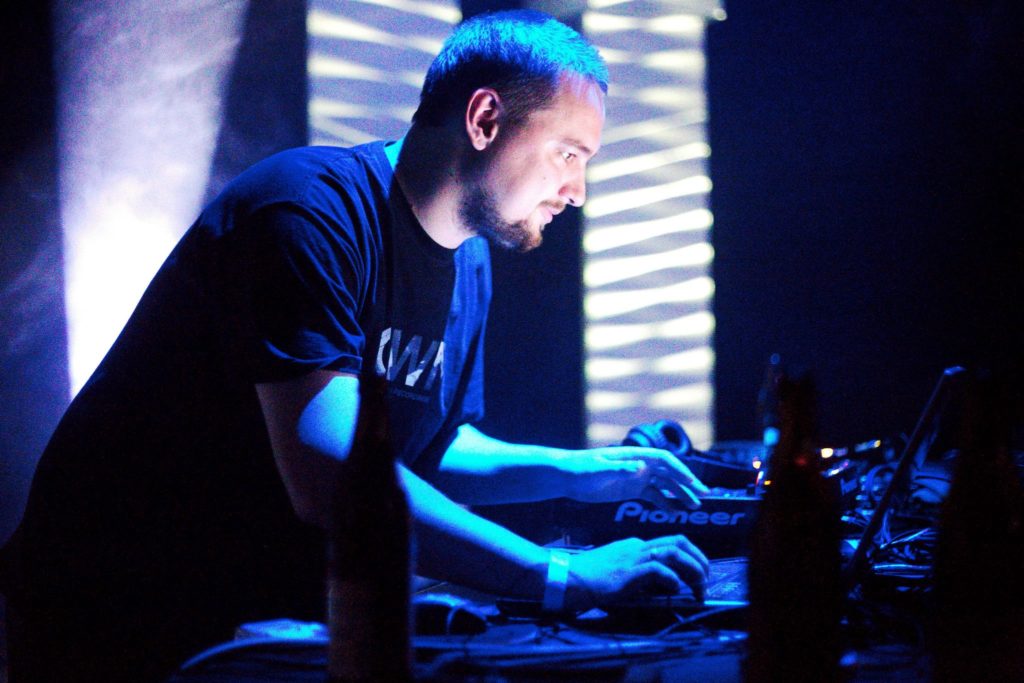
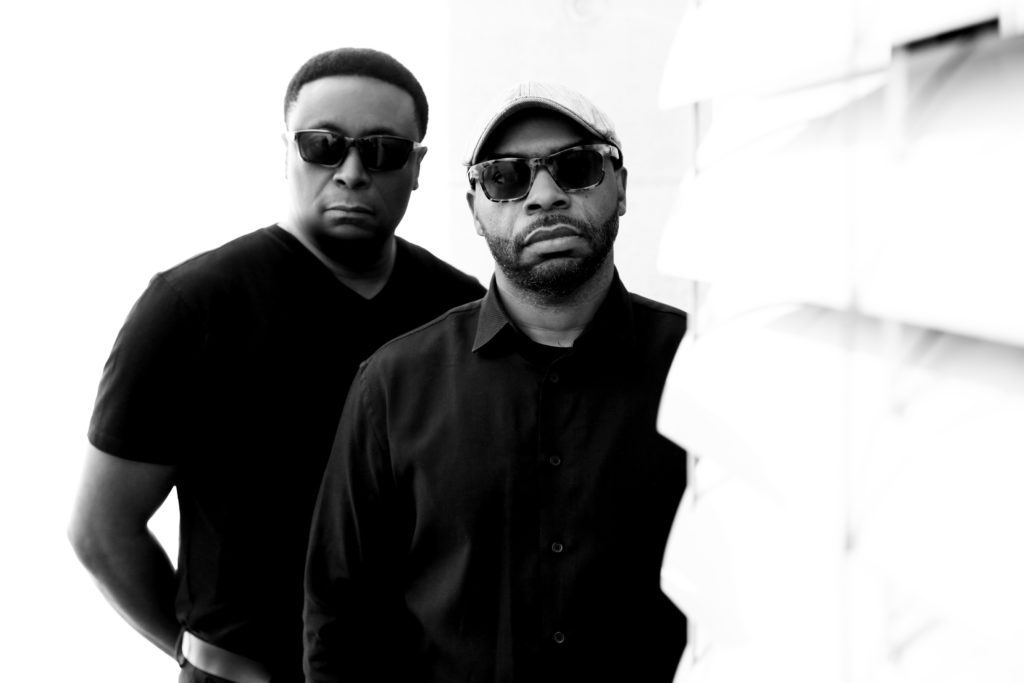
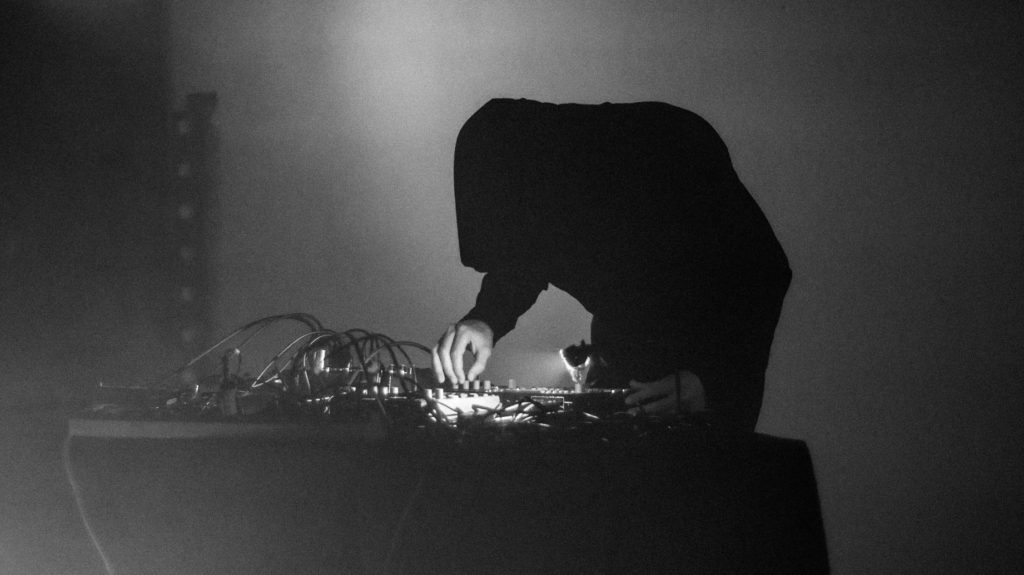
Czech Interior Minister Jan Hamacek discussed a possible launch of direct flights between Hanoi and Prague, police cooperation and exchange of information with his Vietnamese counterpart To Lam in Vietnam on Monday, the Czech interior ministry reported.
Hanoi agreed to open direct flights during Czech President Milos Zeman’s official visit to Vietnam in 2017.
Last April, Prague Airport representatives signed a Memorandum of Understanding with Bamboo Airways to collaborate on the development of a direct flight and increased tourism between the Czech Republic and Vietnam.
“By signing the Memorandum with Bamboo Airways, we have confirmed the interest of both parties in opening a direct connection from the Czech Republic to Vietnam. Around 100,000 passengers a year already travel between the two countries, and with the new flight the potential could be even greater,” said Vaclav Rehor, Chairman of the Prague Airport’s Board of Directors.
The Czech Republic counts one of the biggest Vietnamese communities in Europe (the largest per capita), with over 100.000 Vietnamese people currently residing in the country.
Many first came to this country in the Communist era, when Vietnam sought to bolster its skilled workforce by sending thousands of students and guest workers to socialist Czechoslovakia for training and experience.
When the Iron Curtain disappeared, a large number of the Vietnamese here decided to stay rather than return to communist Vietnam.
Vietnam’s direct air links to Western Europe are limited to services operated by Vietnam Airlines, Air France, and Edelweiss. Vietnam Airlines serves Frankfurt, Paris Charles De Gaulle, and London Heathrow from both Ho Chi Minh City and Hanoi.
Air France operates a Ho Chi Minh City-Paris Charles De Gaulle service, while Edelweiss’s Ho Chi Minh City-Zurich service is operated in during northern winter season.
Although restaurants pay a lot of money to take over public spaces, for many, the expansion of the business area with front gardens is an essential part of their business.
What bothers them the most is that they are not sure if they will get the necessary permission, even if they fit all the requirements. The 1st Deputy Mayor of Prague 1, Petr Hejma, will promote the change.
According to the Prague 1 Chamber of Commerce, the current position of self-government and state administration is not enough transparent and equal to all entrepreneurs. “There will be a sanction if someone does not follow the rules. However, if they adhere to them, they deserve respect and a stable business environment without surprises and difficult or unexplained decisions”, said the chairman of the Chamber, Vladimír Krištof.
The Deputy Mayor of Prague 1, Petr Hejma, also acknowledged this. “The front gardens must satisfy the aesthetic requirements of the historical centre; they must not disturb and restrict their surroundings or prevent passage and are obliged to follow the opening hours strictly. If they adhere to this along with other regulations, I do not see a significant reason why entrepreneurs who operate their front yards properly and without major problems should not have a license for the next season”, said Hejma.
According to the Chamber of Commerce, the behaviour of officials and politicians so far does not correspond to the enormous financial contribution of the restaurant front gardens to the municipal revenues. “They are a major source of income for both Prague 1 and the capital. In 2018 it was roughly 150 million crowns”, emphasised Vladimír Krištof, giving an example in which, an entrepreneur asks for permission for a similar front yard that was allowed a few hundred meters away, but without an explanation, he will not receive it.
The price for placing the front yard in a public space in Prague is high; for example, compared to Vienna, up to ten times. In Prague, you pay for the occupation of the city district between ten and sixty crowns per square meter per day.
Of course, it depends on the attractiveness of the position. You have to pay a similar amount to the Technical Road Administration in Prague.
Therefore, it is not a surprise if the amount paid per month for one front garden exceeds 100 thousand crowns. Prague is one of the most expensive cities in Europe regarding this aspect.
Moreover, according to Krištof, entrepreneurs are charged with a large amount regarding administration.
The Prague 1 Chamber of Commerce has, therefore, started a request that will allow entrepreneurs to apply for a renewal of their front garden electronically every year. “This application is ready, but its implementation in the authorities has been stalling for months”, Krištof criticised.
The Chamber also promotes for entrepreneurs the right to obtain up-to-date information on closures and other events that restrict their premises, the right to reduce the rent for a period of unconstrained restriction or the right to announce any non-renewal of the lease in advance to avoid unnecessary thwarting investment. According to its 1st Deputy Mayor Hejma, the Prague 1 Town Hall is prepared for such a meeting.
“We as self-government must require business people to fulfill their duties, but on the other hand, it is in the interest of our city district and its residents to support them and create quality service. Also, thanks to revenues from the occupation of public space, Prague 1 has enough resources to finance quality education, social services, grant policy, and other services”, declared Hejma.
The first two hundred gas lamps in Prague lit on September 15th, 1847. Their number gradually increased, reaching its peak at the beginning of World War II, when there were about 10,000.
After then there was a decline, and in 1985 the last lamp faded out. Seventeen years ago, Prague decided to return to the romantic gaslighting at the historic centre, and today there are about 700 gas lamps. On Charles Bridge, the gas lamps are lit every year during Advent.
In Prague, the first gas lanterns were inaugurated in the mid-19th century, replacing the oil lamps used before. You could find them in Na Příkopech or Václavském náměstí. In 1940, more than 9,000 gas lamps were illuminating Prague’s streets and squares. Interestingly, they remained in symbiosis with electric lights, which appeared in Prague at the end of the 19th century.
In the second half of the 20th century, lamps were converted from gas to electricity. For the next seventeen years, the magic of gas lamps disappeared from the historic centre.
Was in 2002 when it started their gradual restoration, which has cost over 170 million crowns. First, nine lanterns were installed in Michalské street, Old Town. Gradually, they appeared on the entire Královské cestě. Nowadays, there are seven hundred lamps in the centre.
In Prague, you won’t usually meet a Lampman lighting up the lamps with a long pole. An exception is the time of Advent when you can see this, for example, on the Charles Bridge, being one of the capital attractions regarding pre-Christmas.
Otherwise, they are switched on and off remotely by a signal from the central control room at the same time as the electric lamps.
Because of the glass cover, you can recognize the gas lamp from the electric one. The electric lights have frosted glass, the gas lamps clear glass.
Prague is not the only place where you can see the charm of gas lamps. You can also find them in other capitals such as London, Dublin and Strasbourg. By far the most significant number of gas lamps in operation is in the western part of Berlin, with nearly 40 thousand.
The historic London is also illuminated by gas lamps, especially the area in front of the Buckingham Palace, Clarence House, Green Park and the famous Hyde Park. They also appear in other British cities such as York and Horsham. Furthermore, gas lamps illuminate the historical centre of Zagreb, Croatia, Euro Disney, Strasbourg, France, Krakow and Poland.
As part of the Chocolate Festival, ChrisEvents organizes the very first of its kind in Central Europe and in the Czech Republic — an exhibition of chocolate sculptures.
ChrisEvents is the largest exhibition of chocolate sculptures ever, comprising more than 20 sculptures of chocolate animals that will delight the young and old at the Harfa Gallery in Prague.
Taking place from October 18 to 20, the festival will set aside a space of 300 m2 for the incredible exhibition. If the festival lasts 3 days, its sculpture exhibition will be extended until October 28.
The idea came from the director of the Belgian company Imagine Events, who thought of sculptures made from sand or ice and decided to try the same with chocolate.
Imagine began to prepare around 40 impressive sculptures. One of its first pieces was a statue of a gorilla, weighing almost 150 kg. The most admirable chocolate sculptures are poured out using a gypsum mold, the smaller ones are sculpted directly from a block of chocolate. However, they are not edible. The chocolate used in their manufacture is prepared from chocolate waste. And the statues travel, so they have to be repaired and remodeled from time to time. Colors used for mixing were white, milk, and dark chocolate. The statues must be properly preserved between temperatures of 17 and 23 degrees.
The animals will be exhibited in an engaging environment (a real small jungle, where sound will be incorporated for livelier effects). We will create a unique and extraordinary atmosphere for you.
The exhibition will be accompanied by information panels, in which visitors can learn more about individual animals, and children can be engaged in some activities.
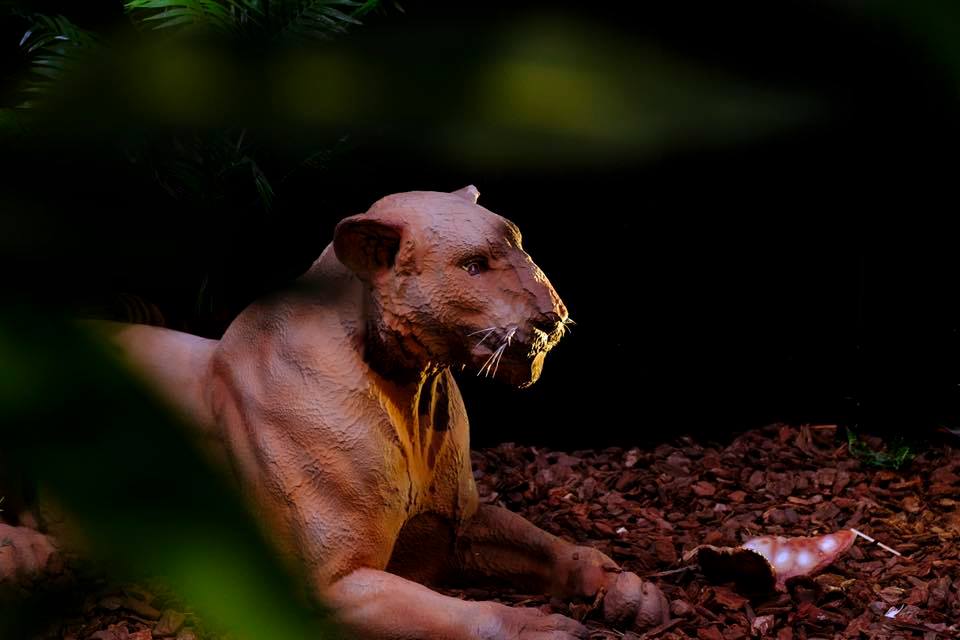
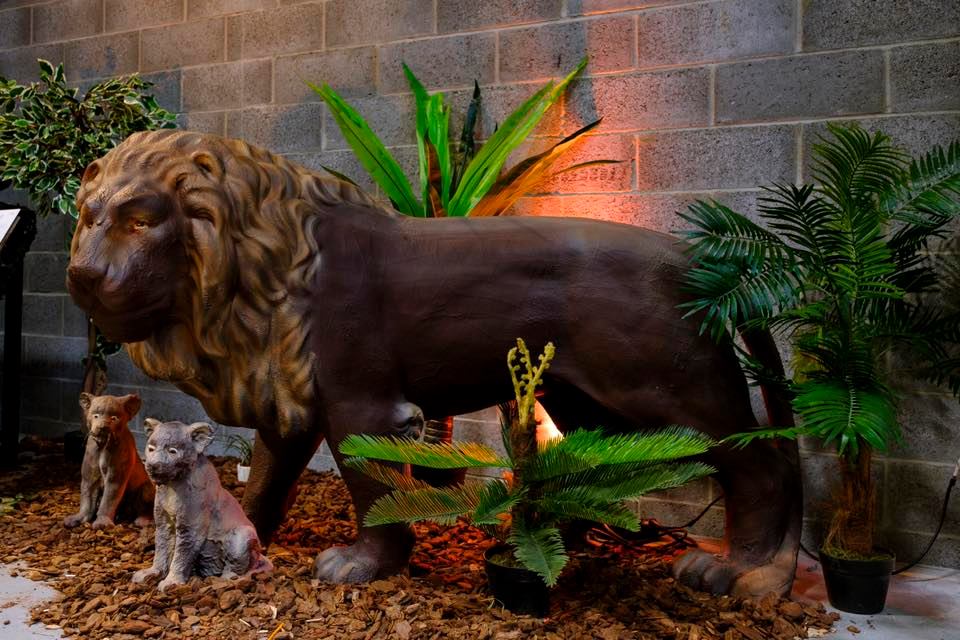
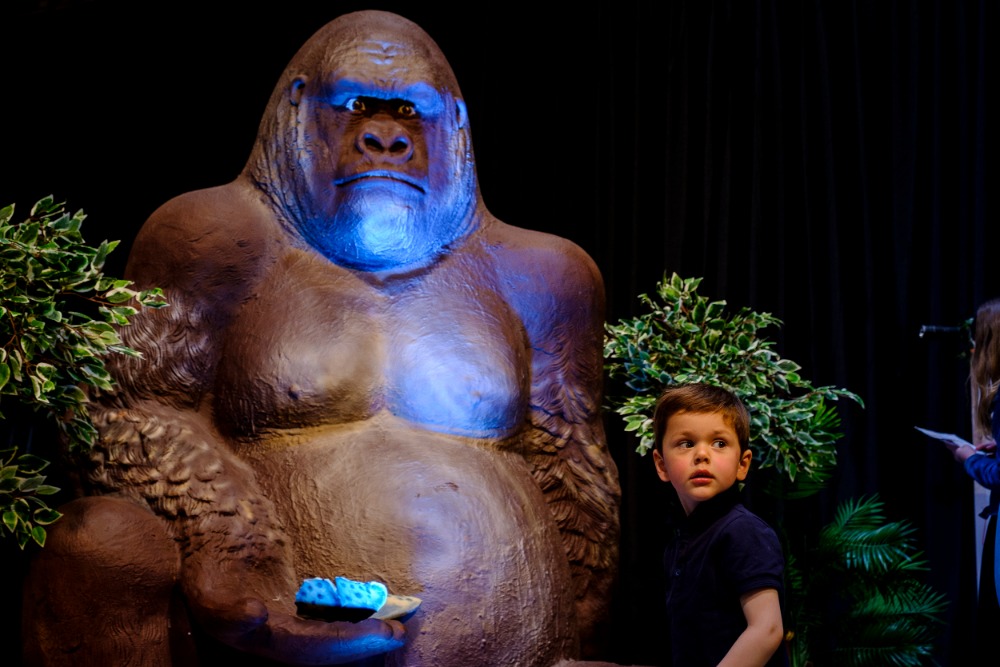
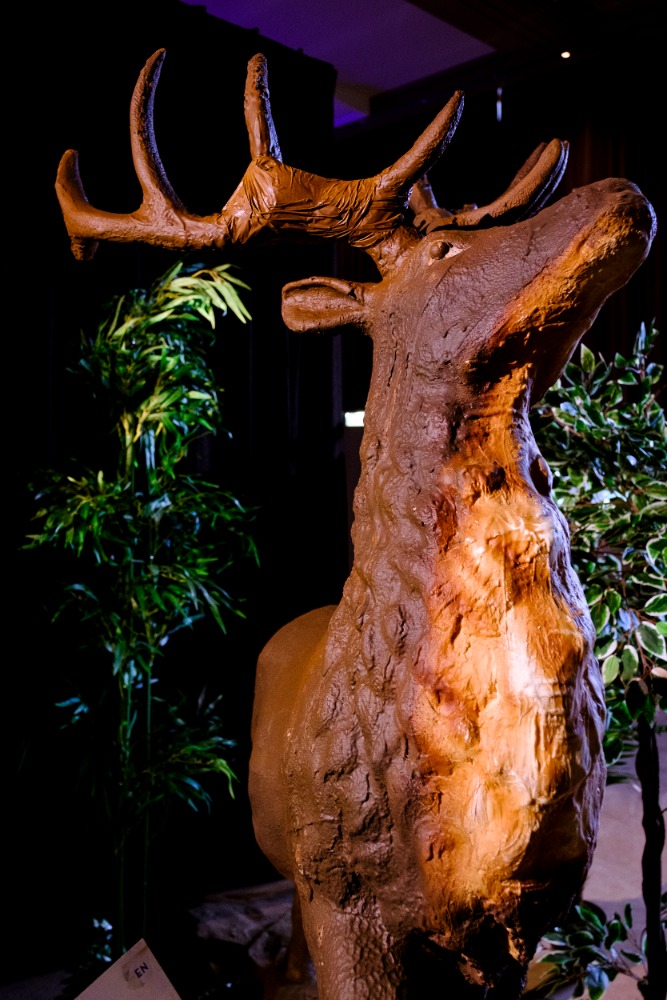
The Czech Republic has reached the 22nd position among the 178 countries included on Economic Freedom Index list.
The Index of Economic Freedom was introduced in 1995 by the Heritage Foundation and The Wall Street Journal.
Specialists of The Heritage Foundation measure economic freedom based on 12 quantitative and qualitative factors, grouped into four broad categories, or pillars, of economic freedom:
- Rule of Law (property rights, government integrity, judicial effectiveness);
- Government Size (government spending, tax burden, fiscal health);
- Regulatory Efficiency (business freedom, labor freedom, monetary freedom);
- Open Markets (trade freedom, investment freedom, financial freedom).
The Czech Republic is the only Central European country placed in the second category of “mostly free” countries, scoring of 73.7, decreasing by 0.5 point compared to last year.
“Amid rising populism and political polarization, the government has been pulled slightly to the left (…) but is expected to continue pro-EU, pro-business, and fiscally prudent policies”, experts from the Heritage Foundation point out.
The report highlights the Czech Republic’s attractiveness, with a prosperous market economy, one of the highest GDP growth in the EU, the lowest unemployment level in Europe and rising standard of living.
Two Asian economies, Hong Kong and Singapore, are once again the most economically free territories in the world.
Immediately following the two far eastern economies, New Zealand, Switzerland, the United States of America, the United Kingdom, Canada, Australia, and Maurice, in Africa, have secured the top-ranking spots, respectively.
Meanwhile, Venezuela and Libya are at the bottom of the table, behind Sudan, Algeria, Angola, Democratic Republic of Congo, Syria, Egypt, Congo, and Iraq.
After three years of success with the vegetarian and vegan restaurant Etnosvět in Prague’s Vinohrady, a new restaurant has opened in Karlín emphasising healthy food, a stylish environment, and friendly service.
Food connects us is the motto of Spojka Karlín. This new restaurant based in a modern office building, Praga Studios, offers international cuisine that seeks to create new flavours to satisfy vegans, vegetarians, and also meat lovers.
The main idea revolves around Flexitarianism, an increasingly popular plant-based diet that claims to improve your health with an eating regime that’s mostly vegetarian yet still allows an occasional organic meat dish.
Spojka Karlín aims to connect people with food by joining those who want to eat well and at the same time be able to enjoy a meal all in one table, without prejudice. The restaurant transmits its strong philosophy not only on the plate but also with their interior, decorated with dozens of plants that hang and stand.
The restaurant is open at 8 a.m from Monday to Friday and at 9 a.m Saturday and Sunday, offering a breakfast menu with specialities such as sorghum pancakes or porridge with coconut milk and almond butter. You can enjoy breakfast until 11:30 a.m., and at the weekend from 9 a.m. to 2 p.m.
You can also taste an excellent lunch menu between 11:30 a.m. and 4 p.m. and the a la carte menu from 5 p.m. till 10:30 p.m., which adjusts according to the season.
If you have no preference or special diet, you’ll find on the menu a large variety of dishes such as cauliflower gnocchi with forest mushrooms, spinach, and parmesan or a delicious chicken curry with coconut cream, broccoli, purple potatoes, coriander, lemongrass, and lavash.
Health is essential for them, and at the same time, they want the food on the plate to make sense, not using any industrially processed food or refined sugar. The priority is to emphasise quality and overall access to fresh ingredients, always clean and when possible, locally sourced. Vegetables and herbs come from their garden, and meat is organic or from certified free-range suppliers. Fresh homemade pastries and desserts without sugar or gluten are also available.
Make friends with food, at Spojka Karvlín there is freedom of choice.
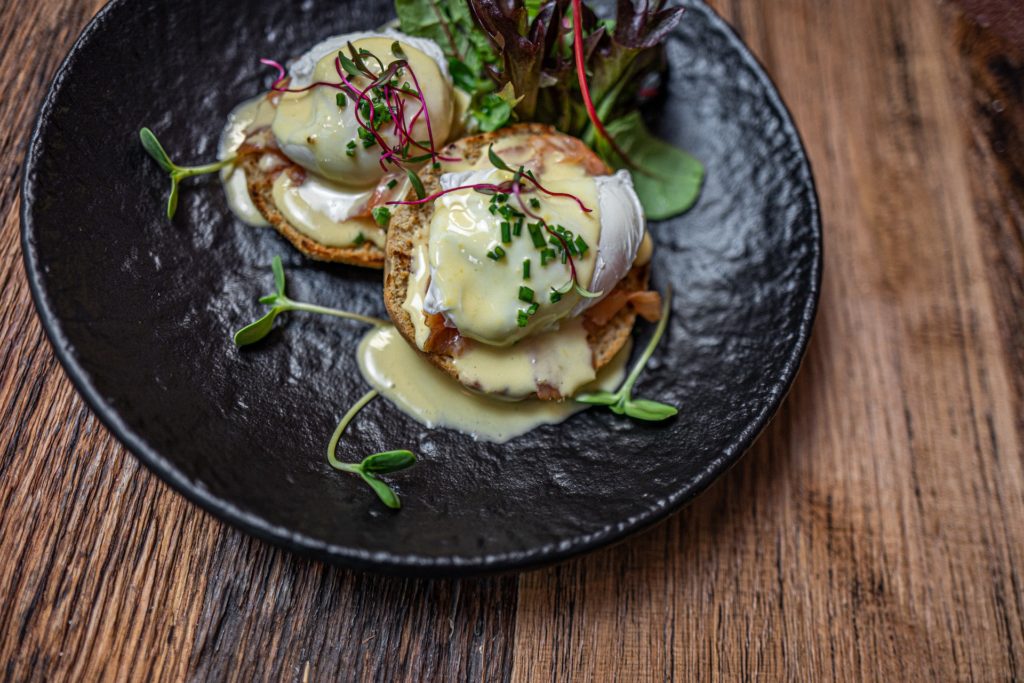
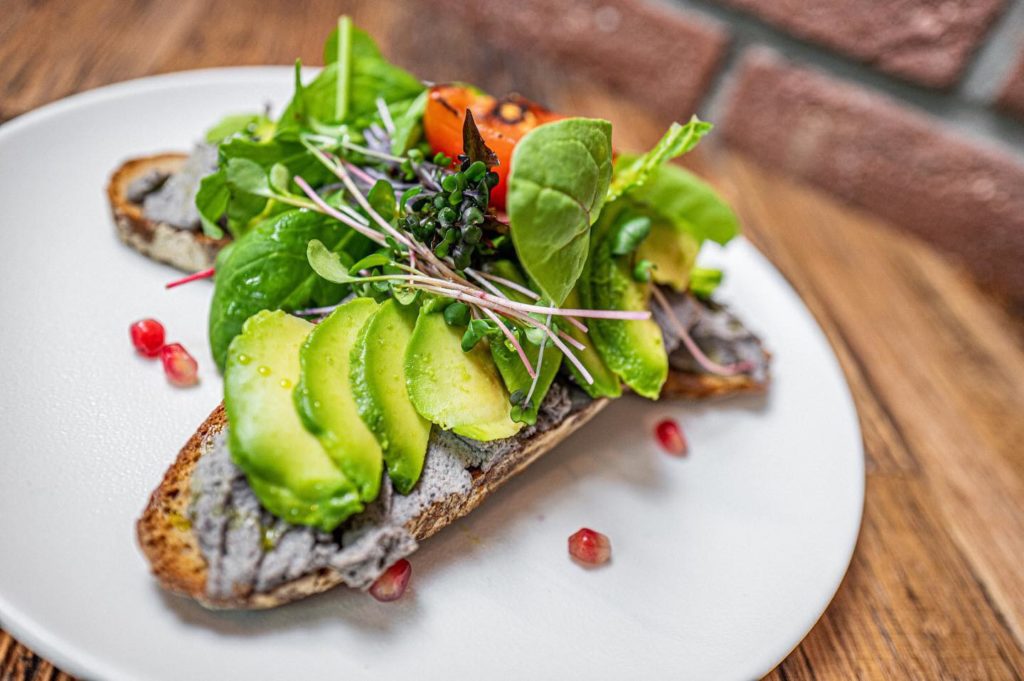
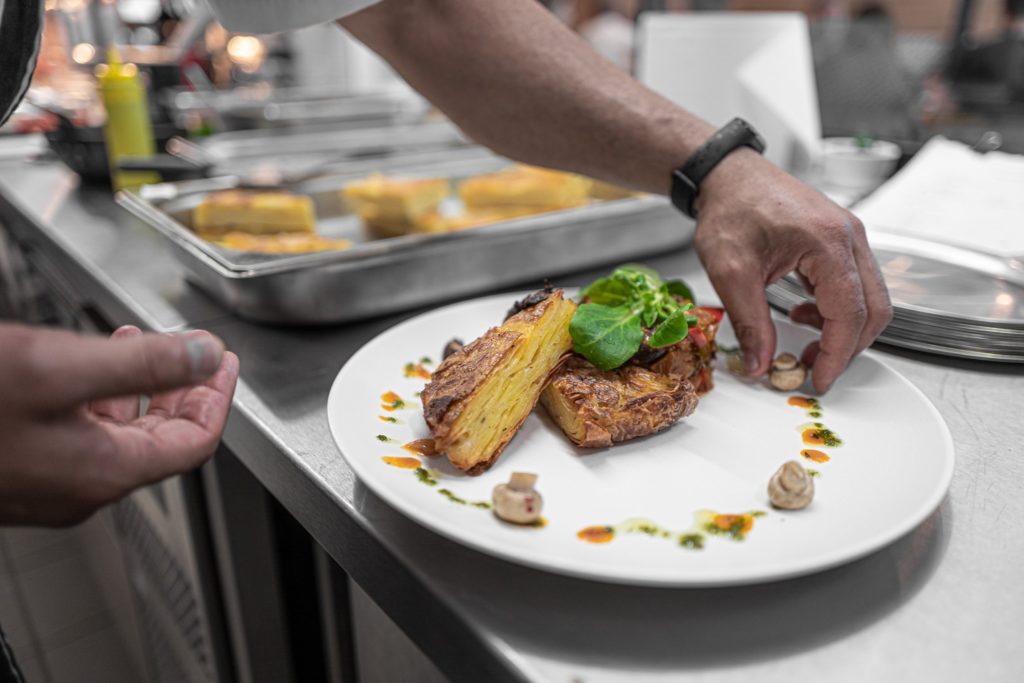
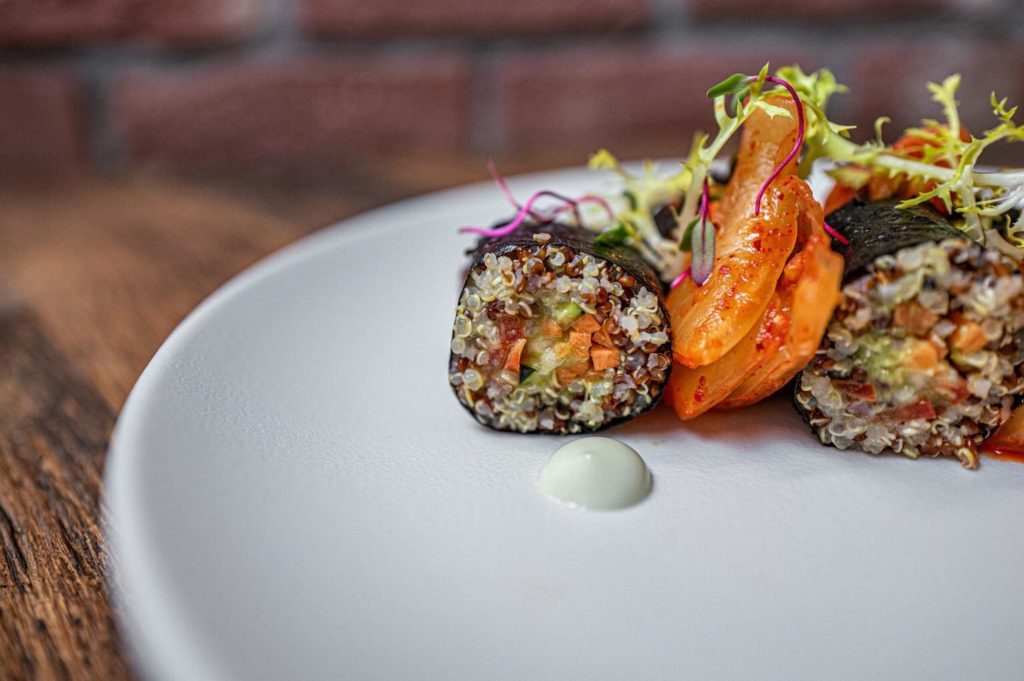
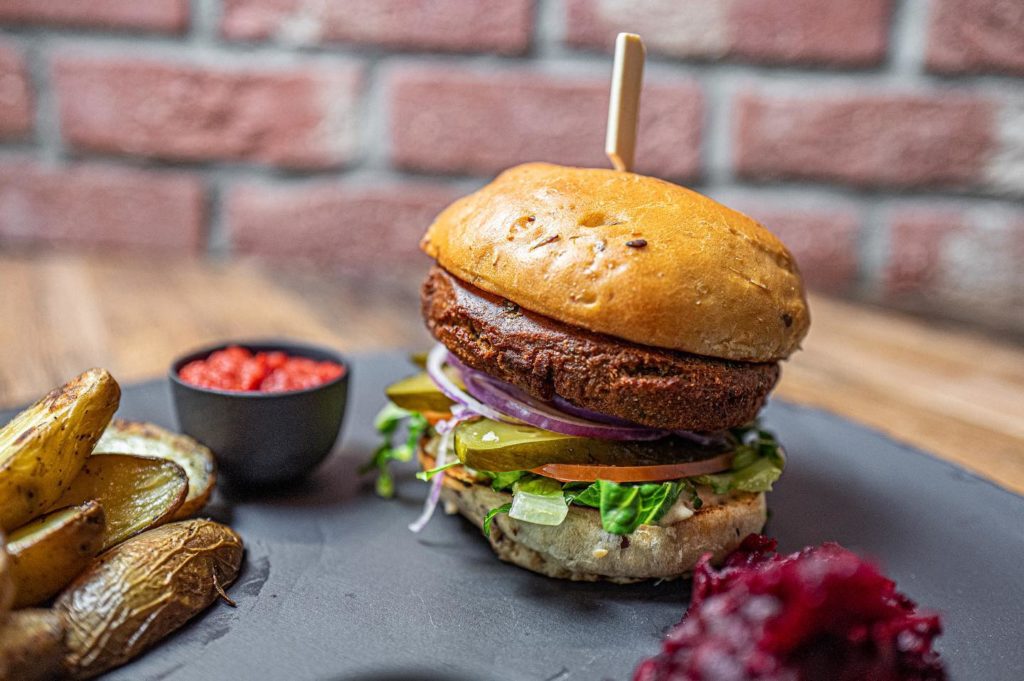
Prague Zoo celebrates the 88th anniversary of its opening today Saturday, September 28, which is a national holiday.
The zoo has a rich history and on Thursday viewers are able to get a sense of it through a number of exhibitions. Events included special shows for children and adults, music.
Prague Zoo was opened to the public in 1931, but its history reaches much further back in time. That is to the year 1881, when Count Sweerts-Sporck (hrabě Špork) initiated the establishment of a zoo in Prague. The process took place over the following decades and involved, among other things, the emergence of The Association for the Establishment of a Zoological and Acclimatization Garden.
The Indonesian Jungle, which is currently breeding Komodo Dragons, a relatively new Sea Lion exhibit, and Monkey Island are among the newer additions to the zoo.
A popular attraction of the zoo is a ride on the local chairlift which transports visitors from the lower area of the zoo to the upper section.
Prague Zoo currently covers 58 hectares with 50 hectares used for exhibits. It has over 4,700 animals from 681 species, including 144 species listed as threatened. The zoo has 12 pavilions and over 150 exhibits. It has been particularly active in the preservation of the Przewalski’s horses, which are slowly being returned to the wild.
Prague Zoo last year was named the fifth best zoo in the world by travel website TripAdvisor. The ranking is based on visitor reviews. The zoo took fourth place in 2015 and seventh place in 2014.
For more information, visit www.zoopraha.cz
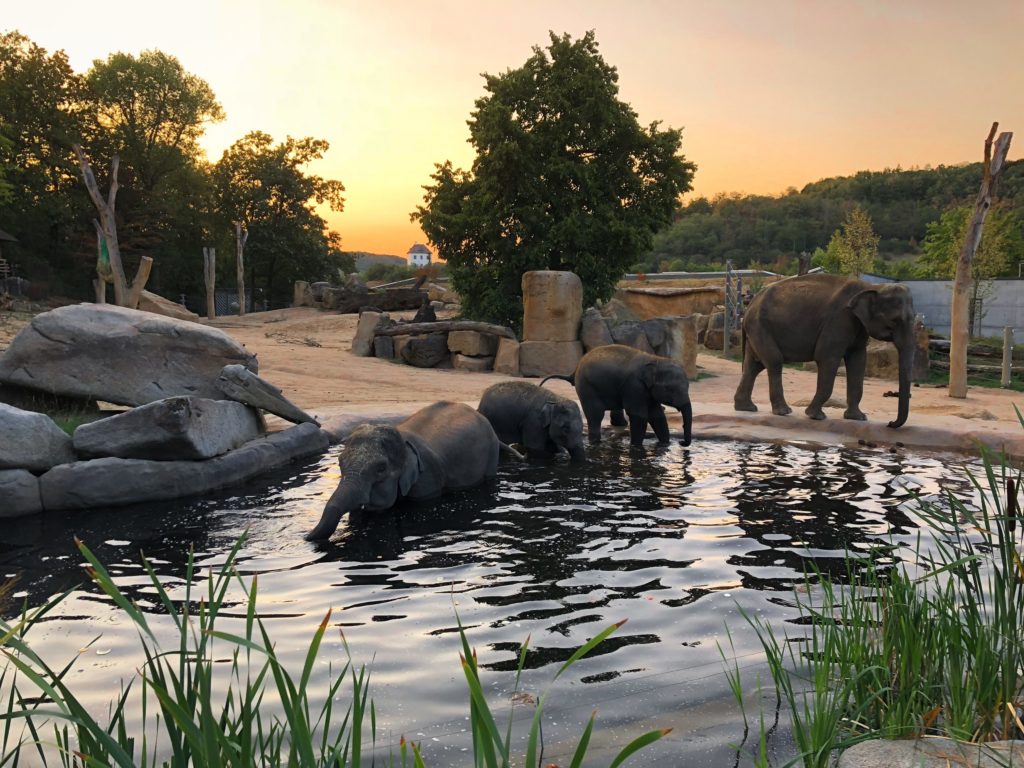
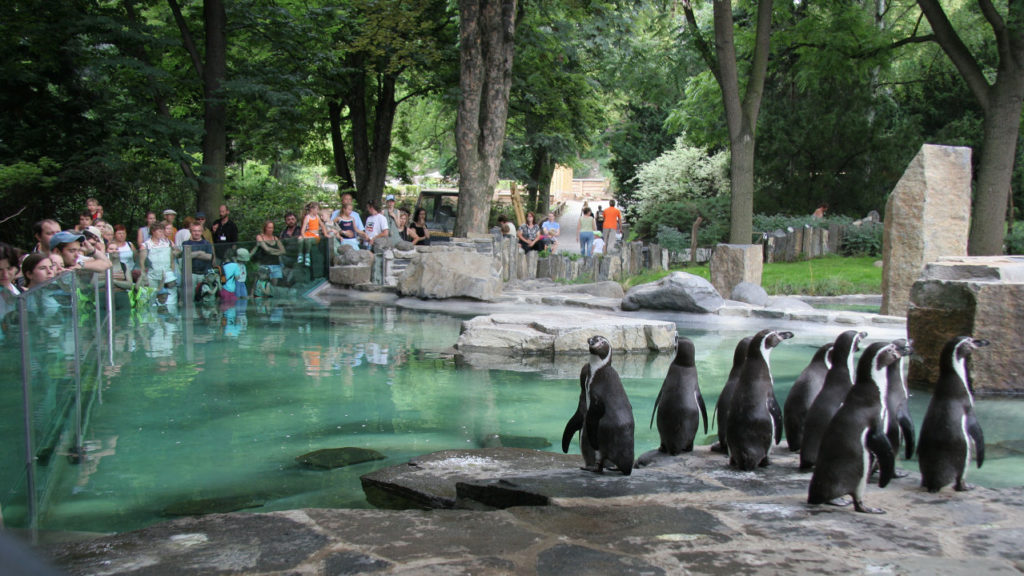
Czech developers Trigema have proposed a post-apocalyptic vision of an enormous rusty shipwreck sculpture leaning upright against, and seemingly crashing into, a high-rise building.
“This is something we wanted to do as a memento which connects art and architecture,” said architects Black N’ Arch in collaboration with sculptor David Černý, about the climate change-inspired Top Tower proposal which, if realized, could become the tallest building in the Czech Republic. “It is actually a post-apocalyptic message about what is happening around.”
The Top Tower will offer views over the city from a public viewing point accessible via exterior lifts, according to a statement from Trigema.
It will primarily be used for rental housing, with offices and a cultural center on lower levels. There will also be a publicly accessible roof garden, and shops on the ground floor.
To some, the building evokes feelings of the inevitability of man’s eventual fall.
“We have been preparing the Top Tower project for more than two years and the final version was preceded by eight other alternative proposals,” said Marcel Soural, Chairman of the Board of Trigema.
If approved, construction could start in 2021 and take three years, according to Trigema.
The investor for the CZK2 billion project was first unveiled at an international urban conference last week.
Asked about whether City Hall has authorized the construction yet, Mr. Císař says that negotiations are currently in their initial phase, but the work could well start soon.
